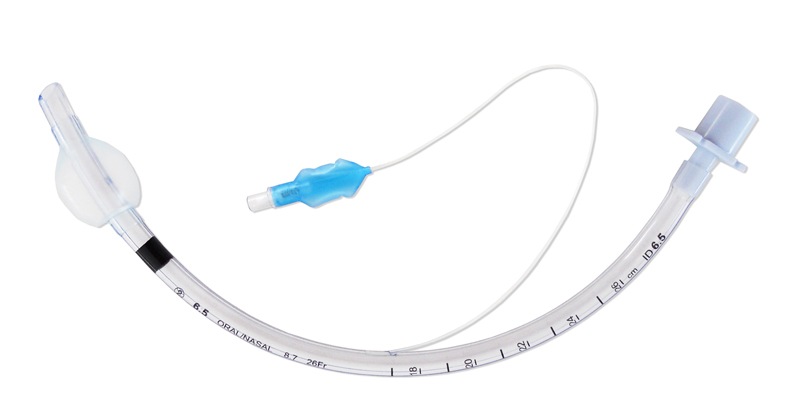
ETT and tube position in critically injured patients: avoidable harm?
The consequences of excessive endotracheal tube (ETT) cuff pressure are known and have long-term effects; however, less attention is placed upon cuff pressure and tube position pre-hospital and in the emergency centre.
The aim of this study was to evaluate the ETT cuff pressure and tube position on the arrival of all patients admitted to the Trauma Unit at Inkosi Albert Luthuli Central Hospital, both from the scene and inter-hospital transfers to determine the median cuff-pressure and if there were differences between the two groups.
Methods
Data from Trauma Unit patients are entered into a prospective; UKZN approved (BE207-09) Trauma Database. Data on 65 admissions between April and December 2014 were reviewed to determine the arrival cuff pressure and tube position.
Data captured included patient age, cuff pressure, where and who intubated the patient, and time since intubation to cuff pressure check. Data were analysed by descriptive statistics and Student’s t-test for continuous data.
Results
Most patients had sustained motor vehicle-related trauma, with a male predominance. Equal numbers were intubated pre-hospital versus the in-hospital group.
Eighty percent of ETT’s were placed in the correct anatomical location, however, only 23% of cuff pressures were found to be within the safe pressure limits.
ETT cuff pressures were excessive in the pre-hospital ALS group more often than the facility-intubation group (p = 0.042). There were fatal complications related to supra-glottic intubations resulting in aspiration pneumonia, highlighting the need for X-ray confirmation of tube position.
Conclusion
Most patients, whether intubated on-scene or at the hospital have ETT cuff pressures that are excessive, with the potential for ischaemic necrosis of the tracheal mucosa.
ETT cuff manometry should be standard of care for all prehospital and in-hospital intubations where the tube will remain in situ for any prolonged period of time.
Before inter-facility transfer ETT position should be confirmed radiologically.

